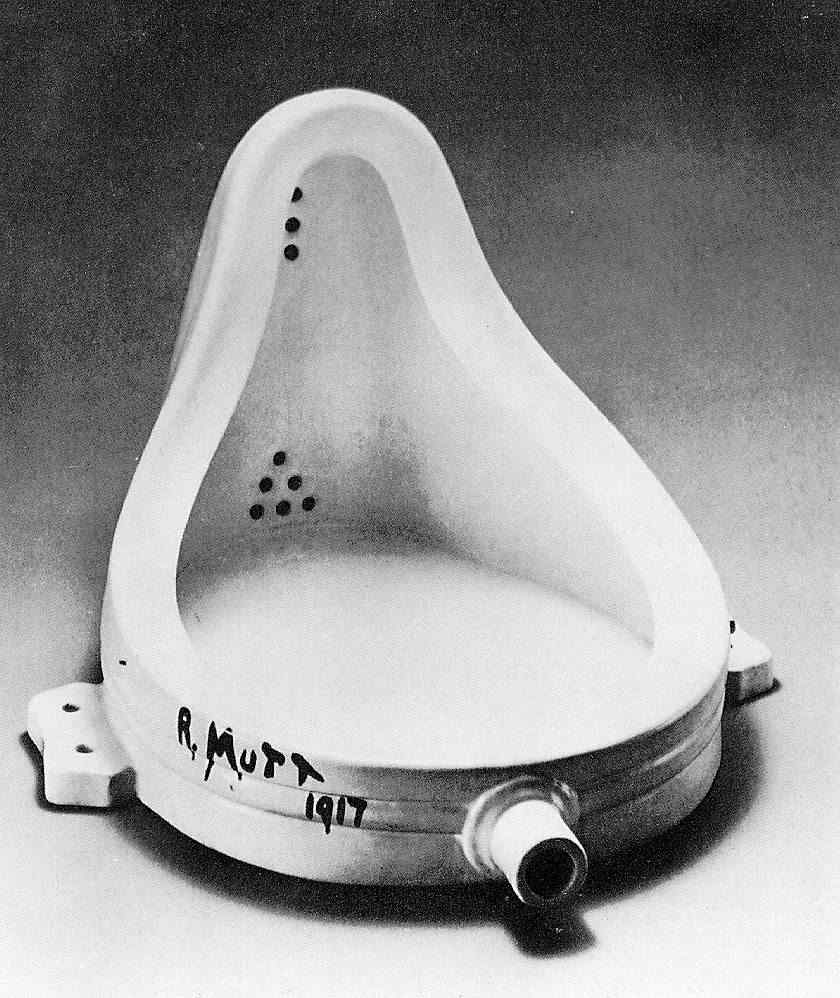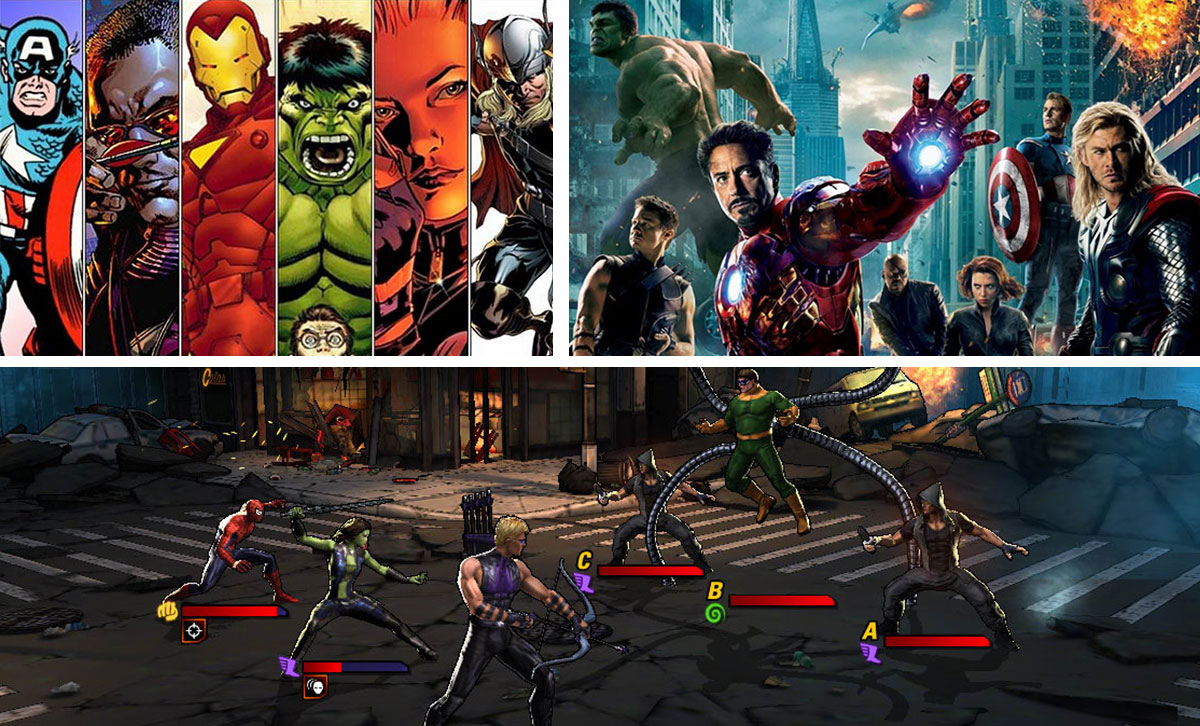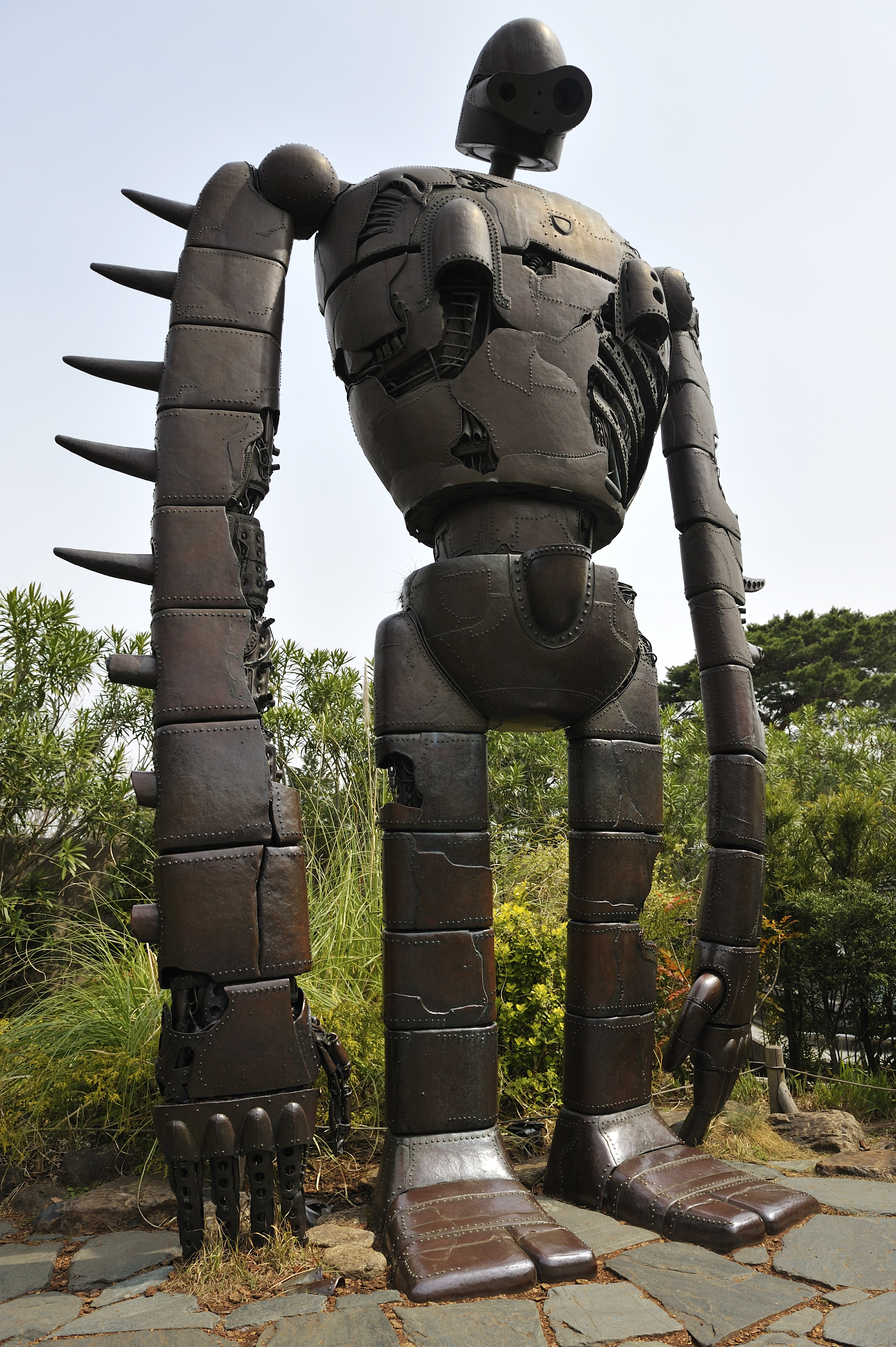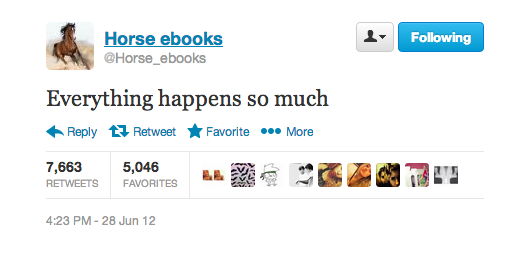overview
This session will focus on building, publishing and presenting the students projects. An artwork doesn't exist in a void; we will see how it is possible, and desirable, to display this artwork within a given context to facilitate the audience's engagement with the artwork.
summary
- intro
- intro
- homework review
- homework review
- making art work
- making art work
- transmedia storytelling
- transmedia storytelling
- presentation
- presentation
- homework
- homework
intro
framing and presenting
welcome!
lucas gutierrez
2pm CET / 9pm CST lecture
1 hour
plan for the day
how do we setup and frame expectations ahead of our world?
-> making an artwork work
-> transmedia storytelling
-> web layout
homework review
project update
what you've done so far? what you will do next? are you on schedule?
vince, beth & sammy:
- all of the rooms, environment are built out
- webgl works
- being careful about objects changed in collab
supergroup:
- finished environment
- more scripts left to be done
minigroup:
- visual layout
- portal interaction
shaun & yuchen - hope / the last wishes / the last blessing:
- scenes nearly finished
- UI nearly finished
- tbd: car interaction
hiren & amanda - Disaster Tourism in a Future World — Excursion into the Zone! :
- issues with commits
- 80%: UI, storytelling
- not all scenes are connected
jesse & frost - judgment day:
- almost done, issues across pc and mac
danni & yutian - ark of life:
- problems clicking
- problems on platform
- problems on UI
lu & shu - out of my room:
- UI
- finishing countryside & ending
marco - flower world:
- blooming flower animations
art contexts
how does an artwork depend on the context in which it is shown?
- physical context and engagement affects the perception, based on the scale, textures, colors
- all the works as one vs. single piece (different meanings)
- a lot of the value of an artwork depends on context
some artwork does not make sense if it's not in a context (banana, the fountain)
being in a specific context (art gallery) makes people think it's art
artwork in an art gallery -> not the same as the image printed on a uniqlo tee-shirt
the art gallery provides a context (more designed, more controlled, white cube) to let the viewers focus and gain as much as possible from experiencing the art
the art gallery context wouldn't be necessary if viewers were self-disciplined
making art work
content and context
an artwork is also constituted by the context in which it is presented, by its implementation
The Fountain, by Elsa von Freytag-Loringhoven.

This piece was focused on how the meaning of a particular object changes with a context, and putting it in an art context, somehow makes it art.
different contexts
what other kinds of contexts can we think of?
- physical context (being in MoMa or not makes a huge difference)
- geographical scale
- building scale (is it on a dedicated building/gallery?)
- lighting, beginning of the show, etc.
- temporal context (temporal: 2008 financial crisis vs. too early in the morning before coffee)
- digital context: smartphones vs. videos vs. postcards/flyers vs. original artwork
- transmission context (letter, email, text, how you get to know it, NFT)
- personal context (current mood, personality, personal history)
- cultural/social context: who are you seeing with? whose culture are you in?
- linguistic context (lexical field, semantic references, language used)
- location / physical
- social (peer pressure)
- temporal (large-scale: e.g. covid, 9/11, climate; small-scale: what is the piece I saw just before or just after?)
- personal context
physical
temporal
social
personal
Is the work in a public space, or in someone's house? Are people going to see it together, or alone?
Is it featured on a popular website, or is someone going to stumble upon it through a labyrinth of links?
Is someone supposed to only see it once, or is it going to live with them for a long time?
Is it going to be displayed in, or talked about by, an important institution, or by personal blogs?
The problem (and the beauty) of the web is that any page is potentially equal, and yet mostly personal: surfing the web and interacting on it is an intimate experience, and websites should be aware of it. One way around this problem is to create your own ecosystem, by creating a web page which leads to your main web page.
implementation
providing a bridge, a connection between the context in which your public is, and the context in which you want to bring them
making a work vs. making it work
Nelson Goodman's Implementation of the Arts is a great discussion of these topics, particularly that implementations can be successful or not.
Implementation thus implies being aware of who, where and when your public is, and good implementation is when the display, communication and publication of a work reinforces its intent (what it aims at telling), rather than weakening it.
entry points
the artwork doesn't have to be the only entry point. other kinds of entry points include: meta-texts, hearsay, wall-text, blurbs, reviews, search engines, text messages, etc.
what kind of entry points are there for your world?
- docent/mediator/visitor services/person presenting
- show&tell
- itch.io webpage /community
- social media w/ profile of the creator (ig, twitter, discord)
- personal portfolios
- the github class website
tones of the entrypoints can be:
- didactic
- poetic/mysterious
- factual/impersonal
- intimate/personal
- (not!) generic
- ...
entry points can have different media:
- video trailers / behind-the-scenes
- text descriptions
- posters
- soundtrack narration / voice over
- short (visual) stories
- social media accounts
- standalone website
title
content
- what are you revealing about the world or not?
- are you focusing on facts, or on the vision, or morals?
visual aspect
- what is the color palette?
- what are the fonts?
- are there any additional visuals (video, images)
tone
- is it addressed to second-person ("you are about to enter...")
- first-person ("i leave in this world in the future....")
- is it about the world description? ("2700 is the year in which society has...")
- is someone speaking to you? ("....signed Dr. X")
transmedia storytelling
one world
everything we've done so far was representing a concept through symbols: a tight, immediate combination of spaces, items, words and audio-visual.
with a clear beginning and end.
multiple media
focusing on the strengths of each media (text, static and moving images, murals, e-mails) in order to flesh out the wealth of the world.
gestalt: the whole is bigger than the sum of its parts

This relates to Janet Murray's encyclopedic aspect of digital media. Since information is the basis of digital media, then any kind of information should be more easily accessible and more directly presented than around other, older media.
examples
through multiple sources of truth
books, tv series, video games, films, comics, fan fiction, fan discussion

a single source of truth, with additional information

disconnected sources, focusing on one event

the realm of the webpage
the webpage can connect multiple sources to create a feeling of ambient storytelling (e.g. webring, footnotes)
Your webpage can use mutliple media and multiple links over multiple platforms in order to distribute your story, becoming almost ambient storytelling.
presentation
the beginning of transmedia
how did you start thinking about your world, as presented to others in 2021?
title? overall mood (descriptive, enigmatic/mysterious, personal/intimate, etc.?)
color? fonts?
metablocks
gauche
- sarcastic positioning on the art world
educational structure/requirement
school/district setting
homework
conclusion
a work isn't in itself sufficient, it needs to be put to work.
multiple media to point to the same thing extend your universe, making it even more believable.
homework
have a full-fledged version of your world that you can present in class